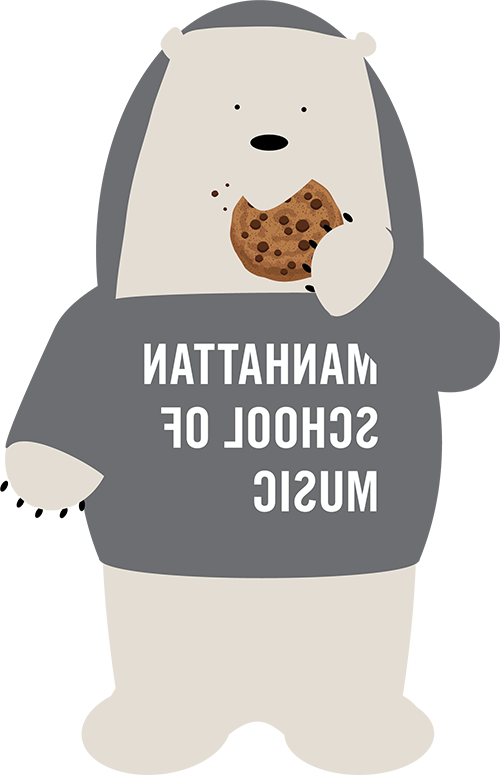Applicants to the Artist Diploma program must perform with their own singer(s) for the ensemble selections. If needed, MSM will recommend collaborators. Performing from memory is not required, including solo repertoire.
1. A prepared vocal repertoire recital with the applicant’s own singer(s), 45 minutes in length, demonstrating a variety of periods, styles, and languages. Performing from memory is not required, including solo repertoire.
2. Choose one of the following, all parts to be played and sung by the applicant. Applicant will play and sing all parts and will be judged on coordination ability, not on vocal quality or vocal technical accomplishment.
- Giacomo Puccini – La Bohème, Act III duet: Mimi/Marcello “Sa dirmi…scusi…” to end of duet
- Gaetano Donizetti – Lucia di Lammermoor duet: Lucia/ Enrico “Il pallor funesto…” complete to end of scene
- Jules Massenet – Manon, Recitative and Gavotte: Manon “Est-ce vrai?…” complete to end of Gavotte
- Leonard Bernstein – Trouble in Tahiti, Scene “What a movie!”: Dinah and trio
- Richard Strauss – Ariadne auf Naxos, Composer’s Aria: Composer/ Music Master “Sein wir wieder gut…” complete to end of Prologue
3. One opera aria by WA Mozart with recitative from any vocal category, both recitative and aria to be played and sung at the same time by the applicant in the original language. Applicant will play and sing all parts and will be judged on coordination ability, not on vocal quality or vocal technical accomplishment.
4. A classical vocal work by an underrepresented composer to be played and sung at the same time by the applicant in the original language. Applicant will play and sing all parts and will be judged on coordination ability, not on vocal quality or vocal technical accomplishment.
5. Gaetano Donizetti – Cavatina: “Quel guardo il cavaliere” from Don Pasquale, first 10 measures only. All opera excerpts should demonstrate how well the applicant can bring all of the aspects of the orchestral score to the keyboard.
6. One prelude and fugue by J.S. Bach from either book of The Well-Tempered Clavier.
7. One solo piano piece of the applicant’s choice written in the 19th or 20th century. The composer you choose must be different from any of those chosen for the required recital or the list in requirement #2 above.
8. All major and melodic or harmonic minor scales: hands one octave apart, sixteenth notes, minimum quarter note=112, four octaves in parallel motion.
9. All major and minor arpeggios in root position: hands one octave apart, sixteenth notes, minimum quarter note=96, four octaves in parallel motion.
10. Sight-read selections from vocal and instrumental literature.
